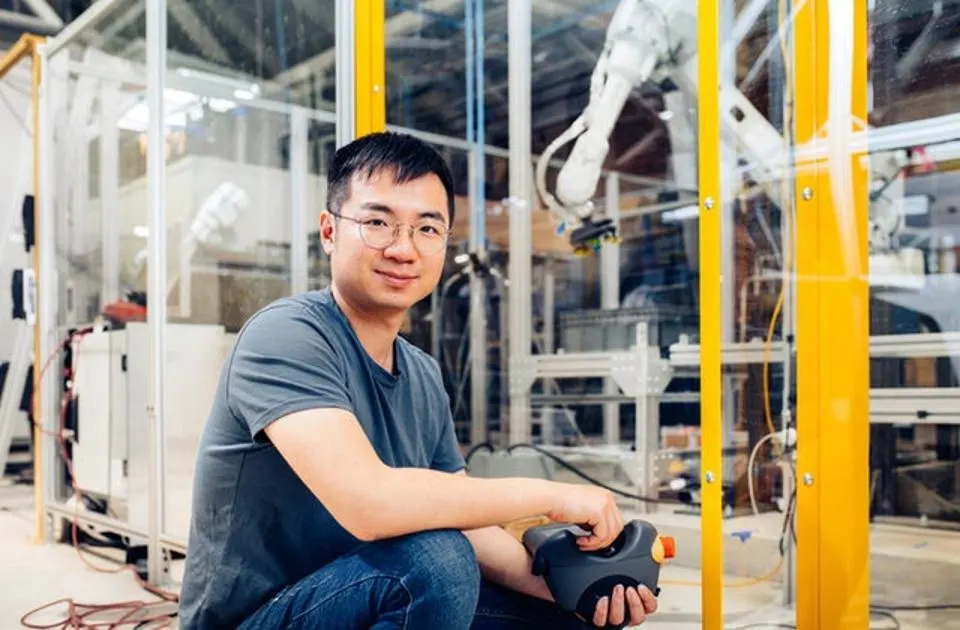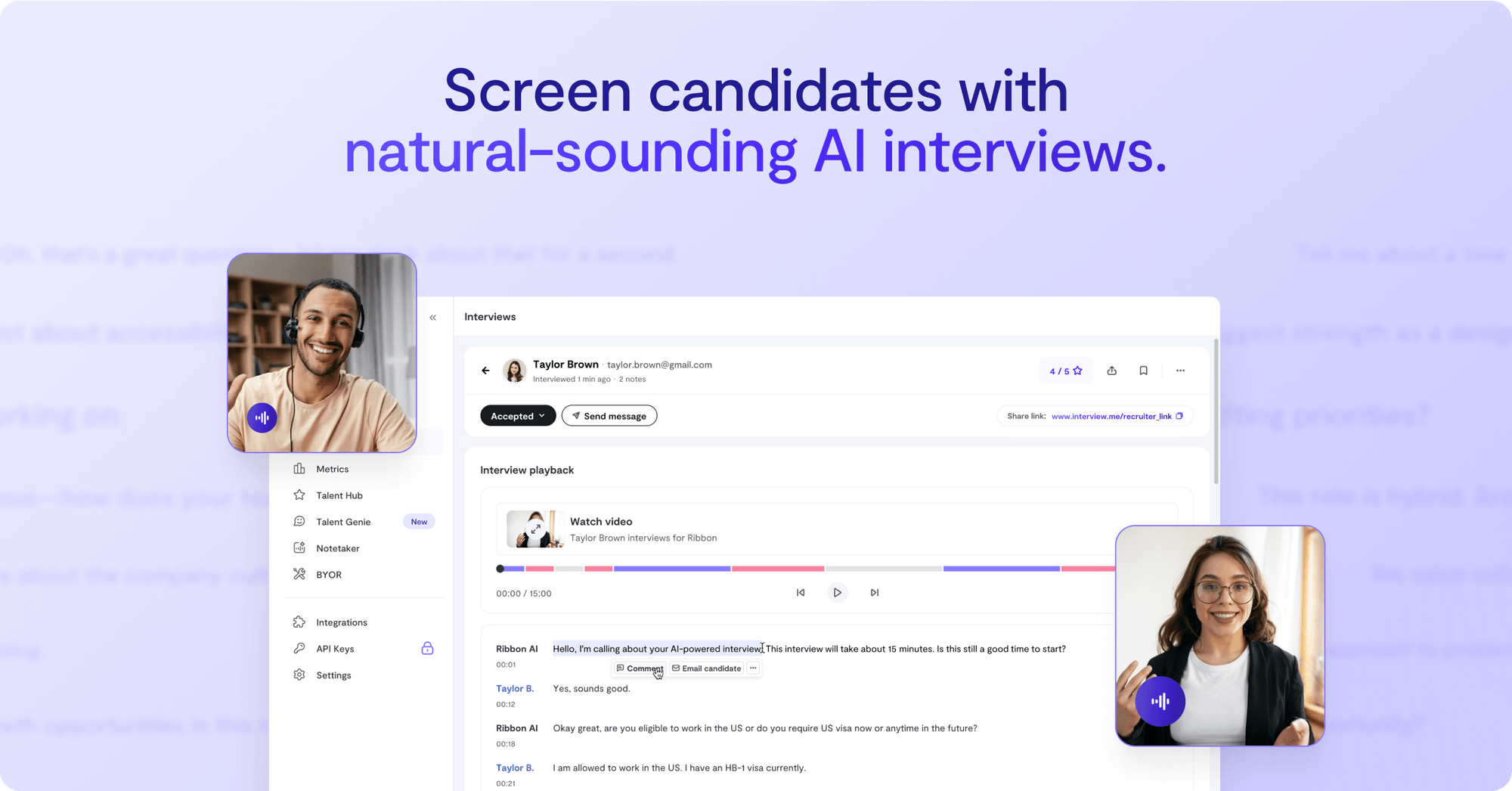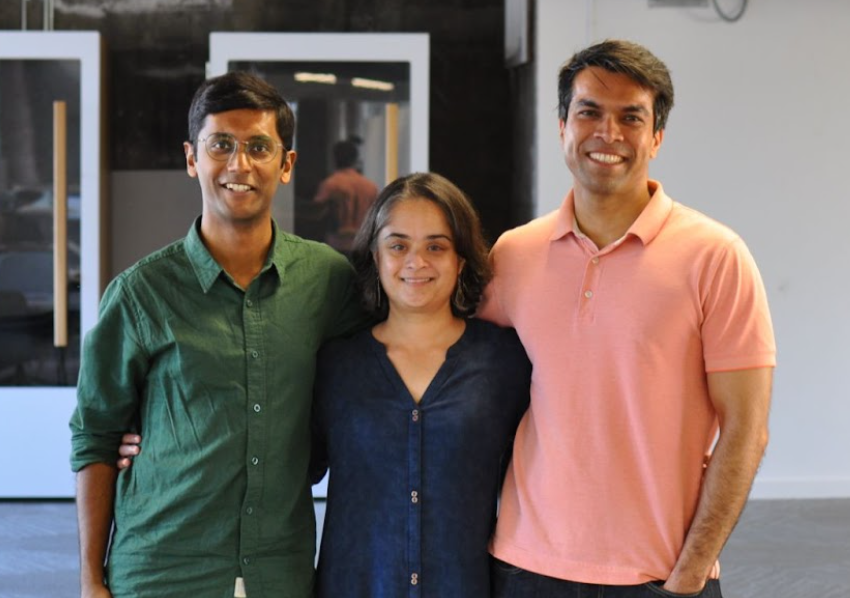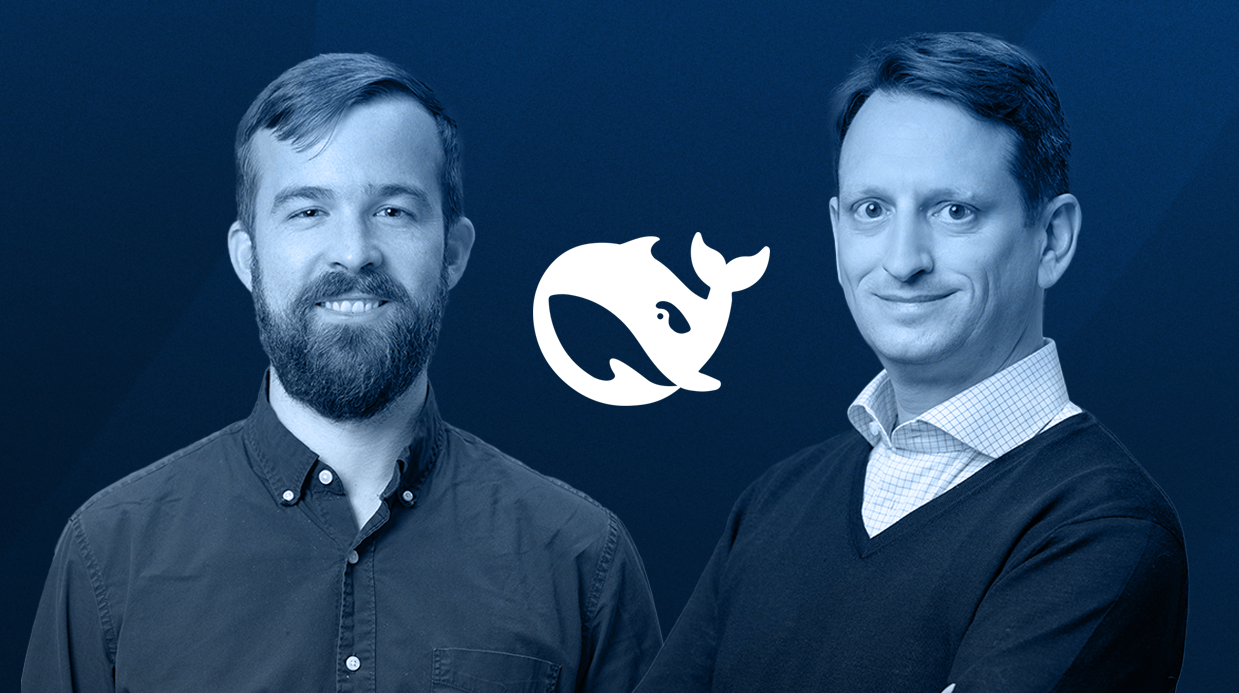This week Forbes featured an interview with Peter Chen, the Co-founder and CEO of Covariant, a prominent robotics company that is part of the Radical Ventures portfolio. The interview delved into the ongoing revolution within the field of robotics. We have included an excerpt from Hessie Jones’ interview with Peter on the development of modern robotics
“Robotics has long served as a foundational element in modern manufacturing, historically confined to executing repetitive movements based on programmed instructions,” Chen explains. In the earlier iterations, robots were confined to specific tasks, operating within a rigidly structured environment. The limitations were significant; any deviation from their set tasks or alterations in the environment could render them ineffective.
However, the landscape has evolved, giving rise to what Chen refers to as “AI Robotics” or modern robots. These robots integrate the precision and reliability of industrialized hardware with a crucial addition – a cognitive AI component. This AI “brain” – aptly named at Covariant as the Covariant Brain – equips robots with the capability to comprehend their surroundings, make informed decisions, and adapt their actions according to changing circumstances. This pivotal advancement is poised to unlock a multitude of potential use cases that were previously inaccessible.
Chen envisions a future where AI acts as the catalyst for an explosion in robotics applications. “You want robots to have a brain to see the world and understand it and make a different movement every time,” he emphasizes. This paradigm shift hinges on the realization that a single foundational model, a general AI platform, can underpin robots across various locations and tasks, enabling them to navigate the world intelligently and autonomously. Unlike narrow AI and the search for patterns in a defined manner, developing a generalized AI means being able to handle anomalies within the environment.
Jordan Jacobs, managing partner of Toronto-based Radical Ventures and investor in Covariant, was impressed by the company’s tech’s ability to receive instructions and pick items out of a bin and prepare them for shipping. This is a “valuable task to automate”, however he alluded to the challenges: “Developing an AI system that can operate a robotic arm accurately, then identify things from a pile of jumbled goods–Upside down, sideways leaning, and then get it right – that’s extremely hard.”
Chen explained the intricate challenges posed by AI: “The heart of this challenge lies in the ever-present variability of scenarios that must be addressed.” This inherent diversity, as Chen outlined, prompted the genesis of Covariant Brain with a focus on warehouses and logistics – an environment characterized by constant flux. The sheer multitude of scenarios that demand adept handling requires the capacity to navigate each one with a pronounced level of autonomy. “High throughput and pinpoint accuracy,” Chen emphasized, are the dual pillars that underscore this undertaking, presenting potential formidable AI obstacles.
Covering various industries – from pharmaceuticals and cosmetics to fashion apparel and groceries – enables our AI to garner a comprehensive grasp of the world.
Chen explained the intricate challenges posed by AI: “The heart of this challenge lies in the ever-present variability of scenarios that must be addressed.” This inherent diversity, as Chen outlined, prompted the genesis of Covariant Brain with a focus on warehouses and logistics – an environment characterized by constant flux. The sheer multitude of scenarios that demand adept handling requires the capacity to navigate each one with a pronounced level of autonomy. “High throughput and pinpoint accuracy,” Chen emphasized, are the dual pillars that underscore this undertaking, presenting potential formidable AI obstacles.
Chen explained the rationale behind the Covariant Brain’s foundation model’s efficacy, “Covering various industries – from pharmaceuticals and cosmetics to fashion apparel and groceries – enables our AI to garner a comprehensive grasp of the world.” This breadth of exposure empowers AI with a generalized understanding of diverse contexts. When confronted with new and unfamiliar situations, the AI leverages its rich reservoir of past experiences to discern parallels and patterns. “Even though this exact circumstance has not been seen before,” Chen elaborated, “the AI has encountered countless similar instances, equipping it to tackle the new scenario adeptly and with a high degree of proficiency.”
This is the core of technology: an adaptable AI that thrives in an environment characterized by unpredictability. Chen’s vision is to imbue robots with the capacity to conquer novel challenges with precision and autonomy. He clarified, “The ability to learn across diverse tasks gives our AI a generalized understanding of the world, enabling it to handle novel situations effectively.”
AI News This Week
-
AI can’t build a high-rise, but it can speed up the job (The New York Times)
The construction industry is swiftly adopting technology to enhance project efficiency through real-time progress tracking using drones, cameras, mobile apps, and robots, which in turn reduces waste and improves performance. Complementing this, machine learning-based data analysis targets increased accuracy, speed, and productivity in a traditionally technology-averse sector.
Automation is becoming more prevalent, as seen with Promise Robotics, a Radical portfolio company that offers a comprehensive factory for prefab building components. However, challenges persist including navigating an industry rooted in word-of-mouth practices. Attaining greater construction efficiency relies on human expertise, with Promise Robotics’ co-founders being veterans in the construction industry, they are leading the way in automating design, construction, and manufacturing. The post-pandemic upswing in digital tool adoption paves the path for AI to revolutionize the industry’s future.
-
Thousands of hackers are throwing the world’s cyber arsenal at AI models at DEF CON (Axios)
Thousands of hackers including students and government officials are participating in the Generative Red Team Challenge at one of the world’s largest annual hackathons. Radical Ventures portfolio company Cohere is one of the eight companies providing AI models to be stress-tested in a public forum. The challenge, with White House support, focuses on “embedded harms,” highlighting flaws in models rather than tricking them into malicious behaviour. Participants will address prompt hacking, security, information integrity, internal consistency, and societal harms. The challenge aims to prevent the hasty deployment of AI technologies without considering their consequences or adversarial use. The results will be secured before any release.
-
The desperate hunt for the AI boom’s most indispensable prize (The New York Times)
Underpinning recent advances in AI are high-performance processor chips. The global supply of these chips is heavily constrained, driving up costs and favouring global hyper-scalers with their own dedicated supplies and large enterprise incumbents with the purchasing power to secure access to large amounts of compute power. This week, the Financial Times reported on Saudi Arabia and the United Arab Emirates buying up thousands of the high-performance Nvidia chips crucial for building artificial intelligence software, joining a global AI arms race that is squeezing the supply of Silicon Valley’s hottest commodity.
While Nvidia is dominating this market, startups are seizing the opportunity to innovate, offering solutions to tackle the shortages. George Sivulka, CEO and Founder of Hebbia, an AI productivity software maker and Radical Ventures portfolio company, notes in the article that his team cleverly set up a server with some less-efficient GPUs in the company’s Manhattan office to work on smaller projects. Radical Ventures portfolio company Untether AI has developed more power-efficient AI inference chips, while CentML is creating “virtual chips” by optimizing the existing scarce inventory of high performance and legacy chips for AI training and inference workloads.
-
The AI Power Paradox: Can states learn to govern AI (Foreign Affairs)
“Technoprudentialism” has been suggested as an effective approach to governing AI technologies, modeled on the role played by global financial institutions such as the International Monetary Fund, which aims to mitigate risks to global financial stability without jeopardizing economic growth. This approach involves building AI governance on principles of precaution, agility, inclusivity, impermeability, and targeting. The proposed framework would consist of three essential regimes: one for fact-finding and advice, one for preventing uncontrolled AI proliferation, and one for managing AI-related disruptions. Collaboration between tech companies, adopting enterprises, and governments is vital to mitigate risks while embracing AI’s potential to transform global prosperity.
-
Research Spotlight: BIOSCAN-1M (University of Guelph/University of Waterloo/Simon Fraser University/Vector Institute for AI/Alberta Machine Intelligence Institute/Aalborg University and Pioneer Center for AI/Dalhousie University)
Researchers have introduced BIOSCAN-1M, an extensive collection of 1.1 million microscopic insect images. Each entry in the dataset includes vital information such as biological taxonomic annotations, DNA barcode sequences, and a high-resolution RGB image of an individual specimen, all stored in JPEG format. This comprehensive database not only addresses a previously unmet need but also offers a distinctive resource for AI models. These models can now access a one-of-a-kind dataset that significantly contributes to the training of expansive generative models worldwide.
Radical Reads is edited by Ebin Tomy.





